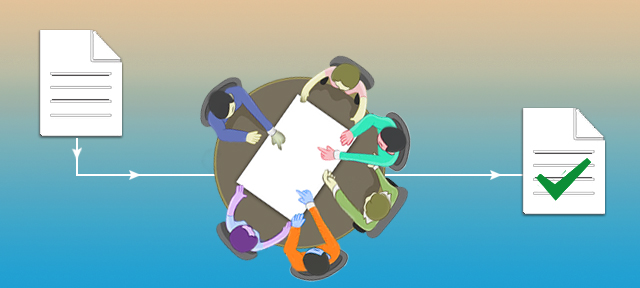The peer review process is an important aspect of a journal. In this process, peers thoroughly examine the research methods and findings so as to validate the research. They eliminate irrelevant research findings and incorrect interpretations. Many researchers consider this review process important to improve the quality of their own research work and assess the reliability of other research works. Conversely, given the unethical practices followed by certain predatory journals and lack of access to journal policies and review processes, some researchers find it difficult to trust the peer review system. However, trust is the key to the peer review process. A journal can gain the trust of researchers by maintaining transparency in peer review process. This will also help recognize the stupendous work done by editors and reviewers.

How to ensure transparency in peer review process?
In this post, we have given some aspects of the peer review process that can be made openly available for researchers:
– Journals should indicate the peer-reviewed articles.
– Journals should disclose the peer review policy or guidelines.
– Details of the peer review process should be available.
– There should be transparency regarding the number of reviewers for the article, name of the editors, credentials of the reviewers, etc.
– Journals should disclose the publication ethics.
– Journals should provide details like the average time from submission to decision, their average rejection or acceptance rate, etc.
– There should be access to the full text of peer reviews.
Researchers select those journals that they trust. This trust can be built and restored by maintaining visibility and transparency in peer review process. With improved awareness and understanding of the journal review process and policies, researchers can conveniently assess the quality and reliability of articles. This further leads to the development of a respected and reliable network of knowledge.

